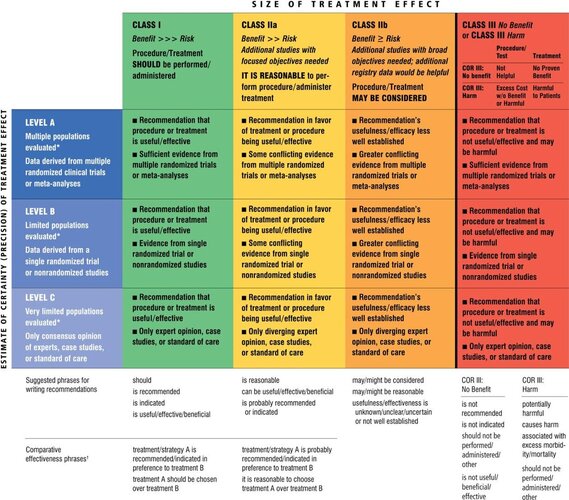MissSkittles
Chameleon Enthusiast
Petr Necas has/is writing some short articles which are most interesting. https://www.chameleons.info/l/deadly-chameleon-myths-series-where-ignorance-ends-and-rigor-begins/ So far, I do find that the general husbandry which we as a whole follow is right in step. Currently, only five are posted, and links to them can be found here, on Petr’s site. https://www.chameleons.info/en/








